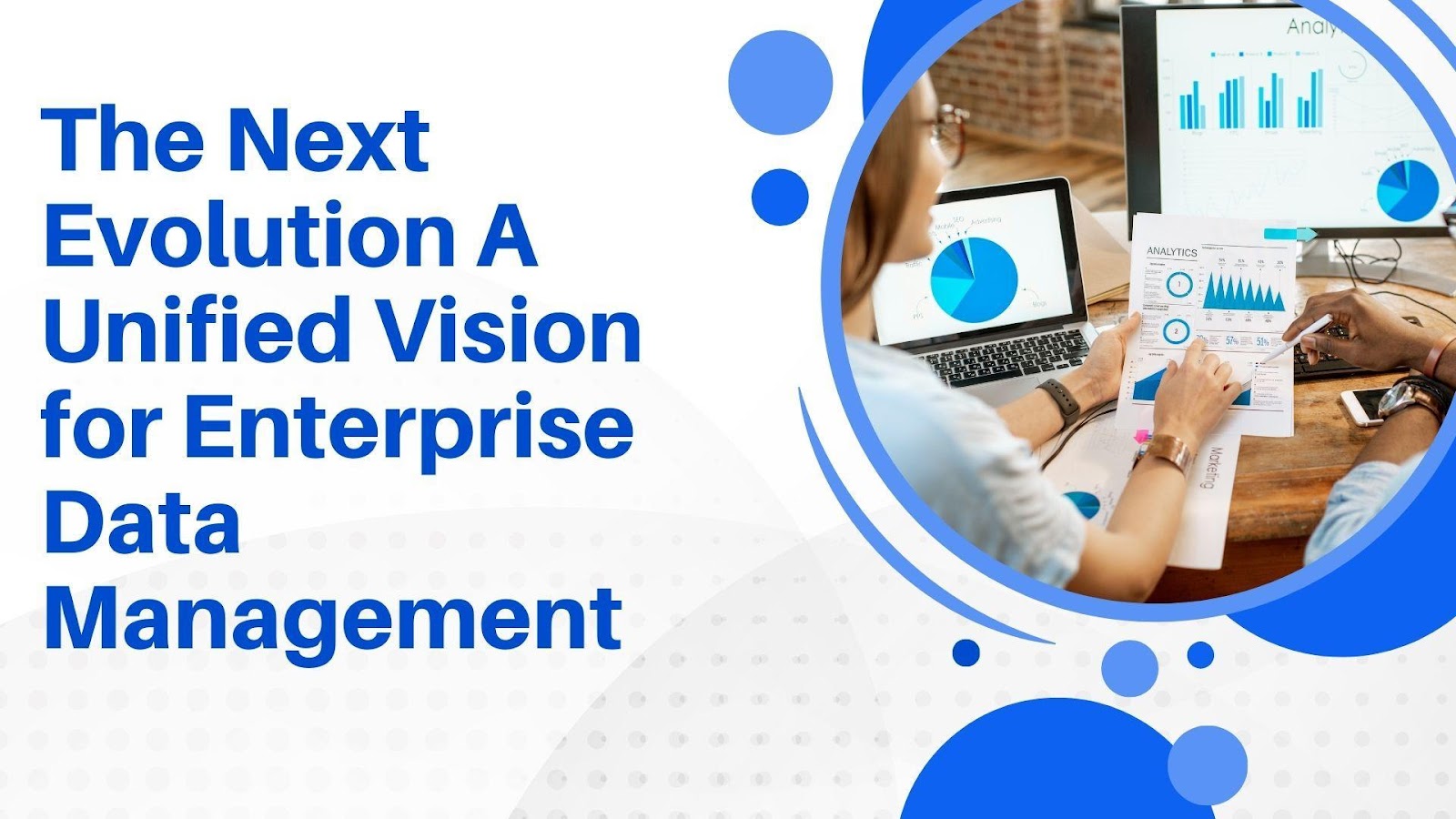In this modern era, where data drives digital transformation, enterprises seek innovative solutions to enhance efficiency and security. In a world where data is the foundation of business innovation, organizations face immense challenges in managing their expanding digital ecosystems. Vijaya Sekhar Godavarti, an expert in cloud computing and data systems, presents a transformative approach to enterprise data management. His latest work explores a groundbreaking solution that streamlines complex data processes into a single, cohesive platform.
Breaking the Barriers of Data Fragmentation
Managing enterprise data has traditionally required multiple specialized systems, leading to siloed architectures and operational inefficiencies. The emergence of a unified data platform introduces a paradigm shift, consolidating diverse services such as data engineering, integration, warehousing, real-time analytics, and artificial intelligence into a singular framework. This approach eliminates the complexities of multiple data solutions while ensuring accessibility and security.
The Power of Unified Storage Architecture
At the heart of this innovation lies an advanced storage technology designed to unify data assets across different workloads. Unlike conventional storage solutions, this architecture provides a shared foundation for diverse business needs, from structured relational databases to real-time analytics and machine learning models. The result is a consistent, high-performance storage system that enhances data reliability and operational efficiency. With improved data accessibility, businesses can quickly retrieve and analyze information, leading to faster and more informed decision-making.
Optimizing Roles Through Tailored Interfaces
Enterprises rely on a wide range of professionals, from data engineers to business analysts, all requiring different levels of system interaction. A role-optimized interface ensures that each user category receives a tailored experience, streamlining workflows and reducing learning curves. By integrating automation features, organizations can accelerate development cycles and boost overall productivity.
Seamless Integration and Cross-Platform Compatibility
A key innovation within this platform is its ability to facilitate seamless data integration across various enterprise applications. This is achieved through a comprehensive set of APIs and connectors, allowing businesses to synchronize their systems effortlessly. By reducing integration complexity, organizations can focus on deriving insights from their data rather than managing technical inconsistencies.
Scalability That Adapts to Business Growth
As enterprises expand, so does the volume of data they generate. A flexible consumption-based pricing model ensures that businesses only pay for the resources they use, eliminating unnecessary expenditures. This adaptive scalability allows organizations to allocate computing power dynamically, optimizing both performance and cost-efficiency. Companies that adopt this scalable approach can remain agile and competitive in an ever-changing business landscape.
Strengthening Governance and Compliance
Data security and governance remain top priorities for enterprises handling sensitive information. The platform integrates a robust governance framework that enforces strict compliance with regulatory standards. Features such as role-based access control, automated policy enforcement, and audit tracking provide businesses with enhanced security while ensuring regulatory alignment.
Driving Cost Efficiency Through Centralization
Traditional data infrastructures often lead to duplicated efforts and redundant storage costs. By consolidating multiple data services into a single platform, enterprises can significantly reduce operational expenses. The centralized approach minimizes infrastructure overhead while improving data accessibility, ultimately leading to a more streamlined and cost-effective data management strategy.
Transforming Decision-Making With Real-Time Insights
Organizations depend on timely insights to make informed business decisions. The integration of advanced analytics and AI-driven models within this unified platform enables real-time data processing, ensuring that stakeholders have access to actionable intelligence. By leveraging predictive analytics and machine learning, businesses can enhance forecasting accuracy and improve operational efficiency.
Future-Proofing Data Strategy
Enterprise data management is continuously evolving, and staying ahead requires a strategic approach. The platform’s architecture is designed to support future advancements, ensuring compatibility with emerging technologies. Organizations adopting this model can future-proof their data strategy, remaining agile and competitive in a rapidly changing digital landscape. Additionally, this future-ready infrastructure enables seamless transitions as technology progresses, ensuring long-term efficiency.
In conclusion, Vijaya Sekhar Godavarti’s insights into this innovative approach highlight its potential to revolutionize enterprise data management. By unifying storage, integration, security, and analytics, this platform sets a new benchmark for efficiency and scalability. Organizations embracing this transformation will not only streamline their data operations but also unlock new opportunities for growth and innovation.



































